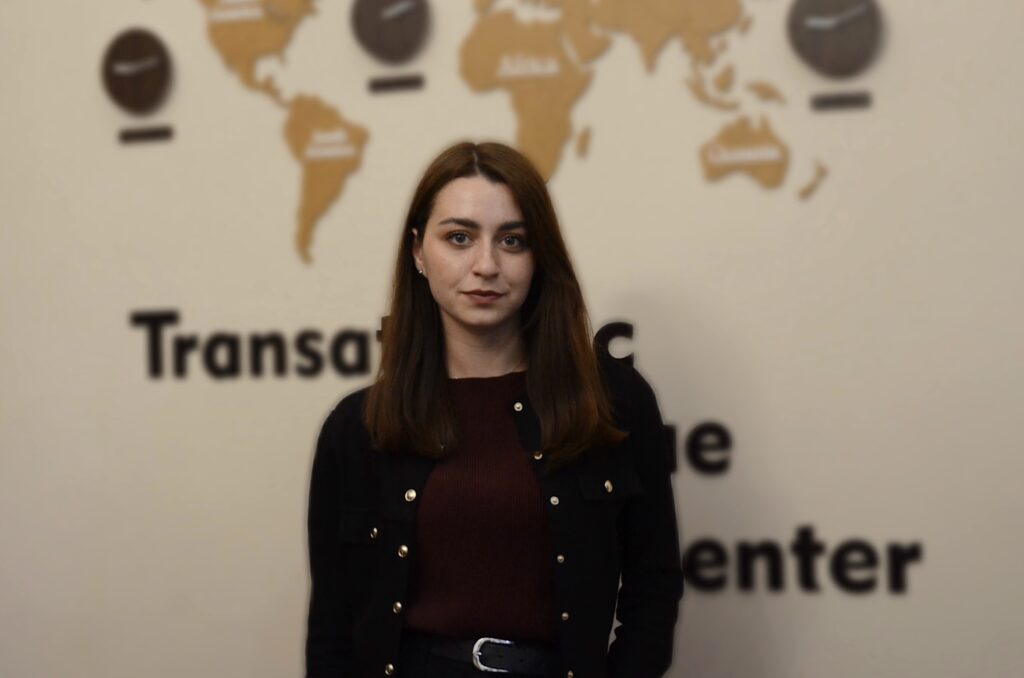In an article published on May 17, 2025, in La Nación, an Argentine daily newspaper, and subsequently on May 25 in El Nuevo Día, a leading newspaper in Puerto Rico, Alina Rohach, Project Manager of the Spain and Latin America Cooperation Program, explores the long-term societal impacts of large-scale war. The piece focuses on how the war is influencing the political and civic development of younger generations in both Ukraine and Russia, emphasizing the role these generational changes may play in shaping future prospects for peace.

Rohach argues that “it is not enough to silence the weapons” — peace requires an understanding of how war reshapes societies from within. Drawing a sharp contrast between Ukrainian and Russian youth, she notes that both are being shaped by the war, but in fundamentally different ways. “In Ukraine,” she writes, “youth is forced to mature amid a total war, marked by real losses and a constant struggle for survival.” Meanwhile, Russian youth grow up in a repressive state, under “total control of information, a cult of “victory”, and the normalization of war as a legitimate tool of power.”
The article underscores how these opposing contexts shape the political consciousness of new generations. Ukrainian youth, deeply affected by Russia’s aggression since 2014 and especially since 2022, have internalized the importance of civic responsibility and democratic values. “They know exactly why they fight and what it means to lose,” writes Rohach, highlighting how many combine studies with humanitarian efforts, technological innovation, and even military service.
In contrast, Russian youth are largely socialized into obedience and militarism. Rohach describes a state-driven system that includes mandatory “courage classes,” patriotic university activities, and severe punishments for dissent. “Much of Russian youth has not experienced freedom of choice, participation in a democracy, or the exercise of critical thinking,” she notes, warning that “this is a challenge that will not be solved automatically with a change in leadership.”
Read the full article via the link.